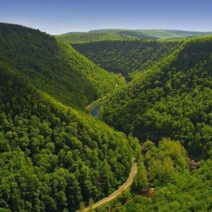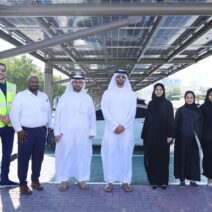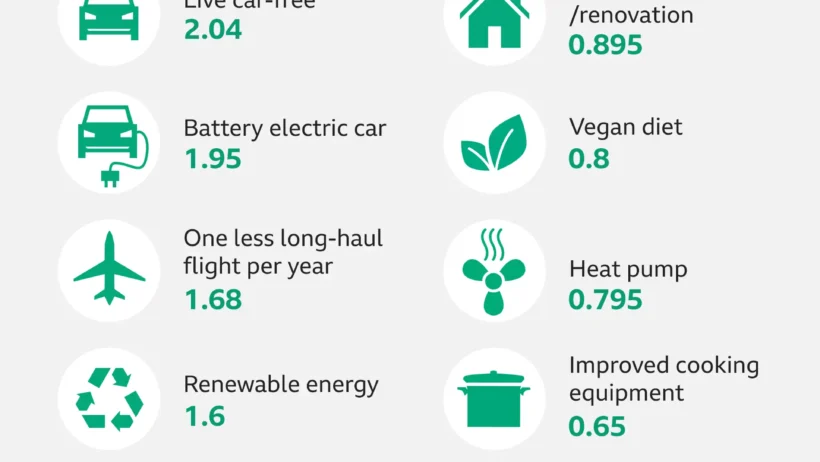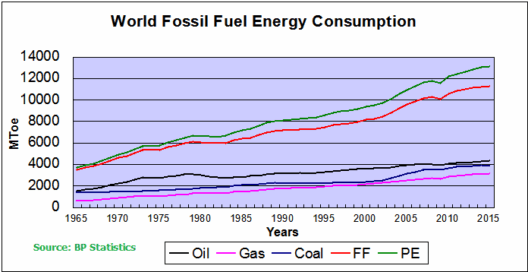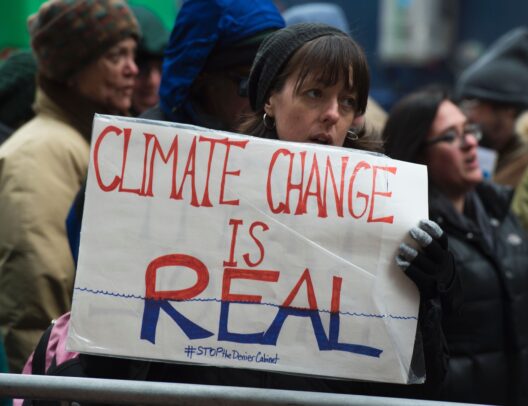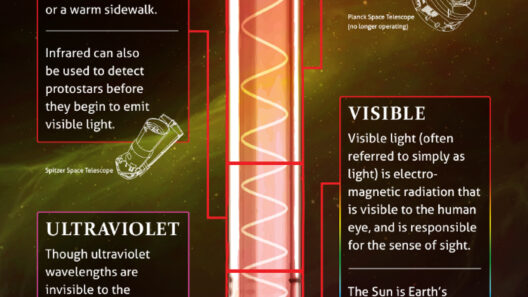The Midwest, often colloquially referred to as the “heartland” of America, is undergoing a remarkable transformation in response to the mounting crisis of climate change. This region, traditionally synonymous with agriculture, industrial power, and deep-rooted economic systems, is taking proactive measures to embrace sustainability and mitigate global warming. The confluence of environmental awareness and technological advancement is reshaping the policies and practices within states such as Illinois, Michigan, and Minnesota. This extensive exploration will delve into the various initiatives and strategic frameworks employed by these Midwestern states as they embark on their green shift, highlighting the deeper motivations behind such changes.
Historically, the Midwest has been a bastion of fossil fuel consumption, with its economies heavily reliant on coal and natural gas. However, the intensifying realities of climate change, coupled with a growing consensus on the need for sustainable practices, have catalyzed a shift towards renewable energy sources. States are gradually reimagining their energy portfolios, integrating wind, solar, and bioenergy solutions. Not only does this pivot serve to reduce greenhouse gas emissions, it reflects an intersection of economic opportunity and environmental necessity.
Illinois, with its ambitious goals for renewable energy, stands at the forefront of this green transition. The state has implemented the Climate and Equitable Jobs Act (CEJA), which aims for a 100% clean energy supply by 2050. This legislation is transformative, fostering an environment where renewable energy investments can thrive. Illinois is particularly well-suited for solar and wind energy due to its expansive landscapes and favorable weather conditions. Schools, businesses, and homeowners are increasingly adopting solar panels, thus decentralizing energy production and enhancing local resilience against climate variability.
Similarly, Michigan is making substantial strides towards curbing its dependence on fossil fuels. The state has witnessed an impressive growth in its wind energy sector, capitalizing on its vast open spaces. In 2020, Michigan’s Renewable Energy Standard was updated, raising the threshold for renewable energy to 50% by 2030. This ambitious target not only reflects a commitment to reducing carbon emissions but also signifies substantial investment in green jobs that align with the burgeoning clean energy economy. Notably, the transition is accompanied by efforts to support communities historically reliant on fossil fuel industries, illustrating a commitment to equitable economic development.
Moreover, Minnesota’s approach to climate action reveals other layers of this complex narrative. The state has embraced a comprehensive climate action plan, focusing on emissions reductions across multiple sectors, including transportation and agriculture. Recognizing that agricultural practices are a significant contributor to greenhouse gases, Minnesota is promoting sustainable farming techniques. This includes crop diversification, reduction of nitrogen fertilizer use, and the incorporation of regenerative farming practices. These initiatives not only strive to enhance resilience against climate impacts but also aim to preserve the rich agricultural heritage of the region.
One of the underlying motivations driving these state-level initiatives is the stark reality of climate change’s impact on the Midwest. The region is experiencing increasingly erratic weather patterns, with more frequent droughts, floods, and heatwaves. These phenomena not only threaten agricultural outputs but also strain water resources and public health systems. Recognizing the immediate and tangible threats posed by climate change, Midwestern states are compelled to act. The proactive measures being adopted reflect a broader recognition of environmental stewardship as essential to public safety and economic stability.
In addition to state policies, grassroots movements across the Midwest are galvanizing public support for sustainable practices. Community organizations, youth activists, and local businesses are increasingly uniting to advocate for climate justice and sustainability. This bottom-up approach is crucial, as it cultivates a culture of environmental responsibility and resilience. Educational initiatives aimed at increasing awareness about the implications of climate change are fostering a generation that values sustainability and innovation.
Another noteworthy aspect of this green shift is the importance of technological innovation. The rise of smart technologies, including energy-efficient appliances and advanced grid systems, is pivotal in this transformation. These innovations not only reduce energy consumption but also enhance energy management systems, distributing renewable energy more efficiently. Collaboration among tech firms, research institutions, and government bodies is facilitating the development of cutting-edge solutions that are critical for this transition.
Economic factors are also integral to this evolution. The transition to clean energy is not merely an environmental imperative; it presents significant economic opportunities. Job creation in the renewable energy sector is outpacing job losses in fossil fuel industries. As states embrace renewable technologies, they are fostering new industries that invigorate local economies. The retraining of workers displaced from traditional industries is crucial, ensuring that the transition is equitable and just, without leaving communities behind.
As the Midwest pivots towards a sustainable future, the engagement of diverse stakeholders is paramount. Collaboration among state governments, businesses, non-profit organizations, and taxpayers can forge a cohesive approach to climate action. By harnessing collective resources and expertise, stakeholders can create frameworks that promote sustainability while addressing social and economic inequities holistically.
In conclusion, the Midwest’s green shift is a testament to the region’s resilience and forward-thinking mindset. By embracing renewable energy, innovative practices, and inclusivity, Midwestern states are taking significant strides to combat climate change. This transformation reflects a broader recognition of the intricate link between a healthy environment and a prosperous economy. The ongoing efforts to mitigate global warming in the Midwest serve as a blueprint for other regions grappling with similar challenges, illuminating a path towards sustainable development that prioritizes both ecological integrity and human welfare.
